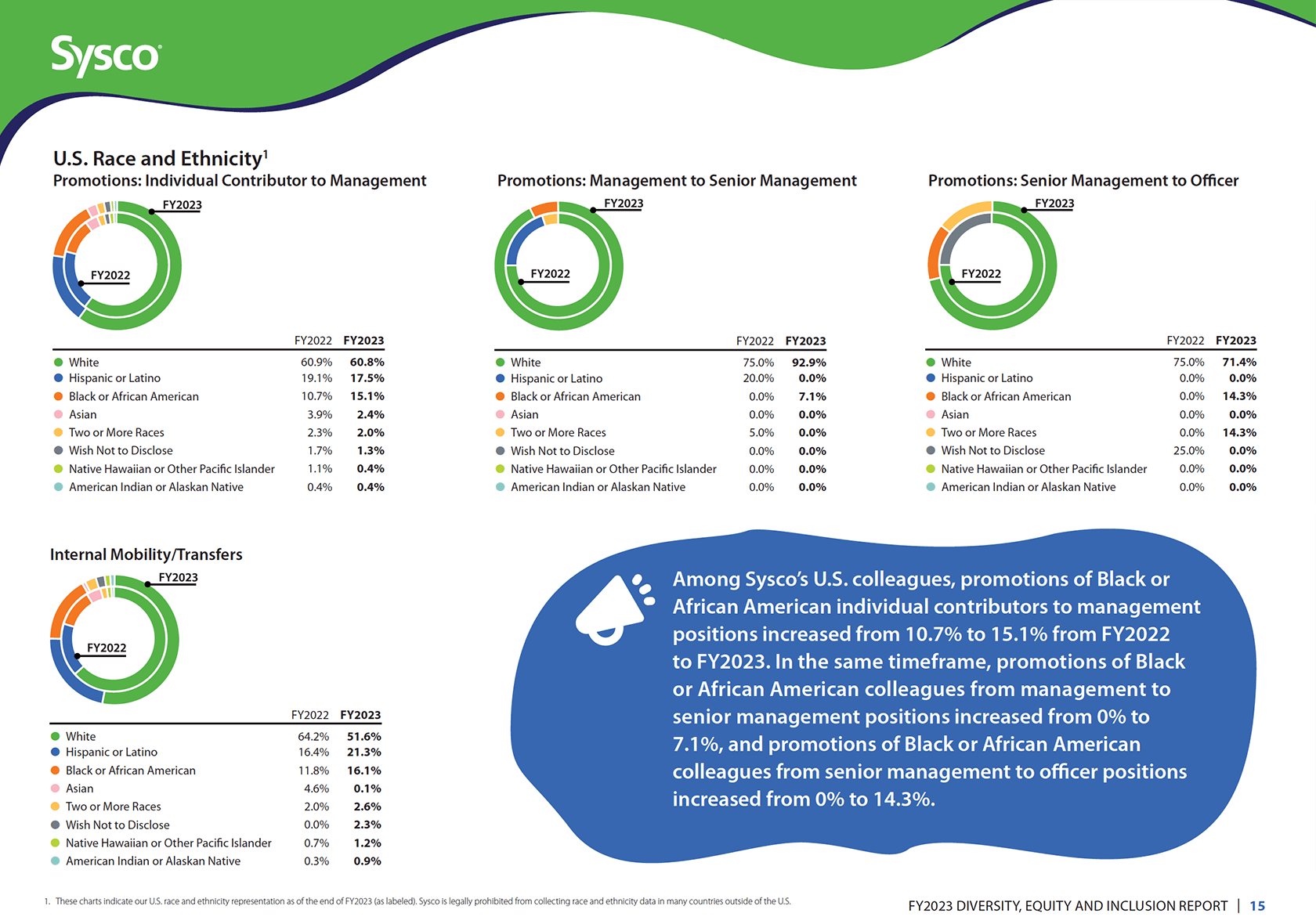How to go beyond the basics on DEI disclosure

Corporate America is in a bind when it comes to diversity, equity, and inclusion (DEI). Four years since companies pledged $50 billion to fight racial injustice, the implications of the 2023 Supreme Court ruling that overturned affirmative action in college admissions are leading to legal challenges for DEI programs in the private sector.
At the same time, the actions of many executives suggest that these commitments have staying power. The business case for DEI remains strong, with recent research confirming that both gender and ethnic diversity are associated with increased firm profitability. In a January 2024 survey, 82% of business leaders said diversity initiatives were essential to their business strategies.
Clearly, given its business value, DEI is not going away — but it is being viewed in a new light as companies strive to communicate their progress while avoiding legal risks. While most businesses are already sharing a standard set of disclosures to align with GRI and other frameworks, there are opportunities to go further and tell the stories behind these data points. In doing so, companies can demonstrate how DEI connects to their core business and the health of their workforce.
Here are five ways companies can go beyond the basics on DEI disclosure:
Get detailed on demographics.
Companies are increasingly disclosing the gender, racial and ethnic makeup of their workforce, including through EEO-1 disclosures. Because EEO-1 reports are filed annually, they provide a standard way to track and compare data. Companies can take this a step further by explaining any trends or fluctuations in their EEO-1 information. While businesses should avoid the appearance of having quotas or favoring certain groups over others, providing an interpretation of EEO-1 findings can highlight organizations’ progress against strategic imperatives, such as retention or talent development goals. For publicly traded companies, it may also satisfy shareholder interest in talent strategy.

Prioritize transparency over perfection on pay equity.
Pay equity analyses are becoming a standard DEI disclosure. GRI requires reporters to disclose pay ratios among men and women. Disclosing pay ratios by race/ethnicity, however, is much less common. Sharing the actual results of these analyses, even when you’re not yet at parity, provides a benchmark to track progress annually, expand upon the actions you’re taking to close any gaps, and get ahead of regulation and investor pressure.
Share how you support and value ERGs.
Annual updates on a company’s Employee Resource Groups (ERGs) are a regular feature of DEI reporting. However, reporting on how companies support the employees leading these groups and tie them to the organization’s core strategy is far less frequent. Do your ERGs meet regularly with executive leadership to share feedback or contribute to goal- or strategy-setting? Are there opportunities for employees at the helm of these groups to build leadership skills or are they receiving compensation for this work? To provide a better window into your ERGs’ impact, these are key questions to ask internally and answer externally in your report.

Emphasize long-term outcomes.
A sustainability or DEI report offers a ripe opportunity to identify the various DEI programs and internal practices you provide for employees. What’s even more meaningful, however, is focusing on the long-term outcomes of these programs. For example, we often see companies disclose that they offer education reimbursements or training for their employees. Digging into how many employees use these programs and whether they’ve increased the mobility of underrepresented groups can provide a broader look at the programs’ effectiveness. The same approach can apply to non-traditional employment opportunities like the impact of removing college degree requirements for job candidates.
Specify supplier diversity spend and impact.
Federal contractors are required to set goals to work with diverse suppliers, and more than half of Russell 1000 companies disclose their policies in this area. What’s less common, however, is for companies to share their financial investments with diverse suppliers. Disclosing actual spend demonstrates action against a policy or commitment and provides a benchmark to return to annually and an opportunity to explain changes in spending. Ready to take the next step? Break down your corporate spend by category (minority-, women-, LGBTQIA-, or veteran-owned) to show how you’re progressing against strategic goals or investing in specific communities.

Take your story to the next level.
In this complicated time for DEI, it might be tempting to pull back on what you’ve committed to or previously reported. But this environment is also an opportunity to go further — to show why this work has meaningful business value and tell your story on your terms.
